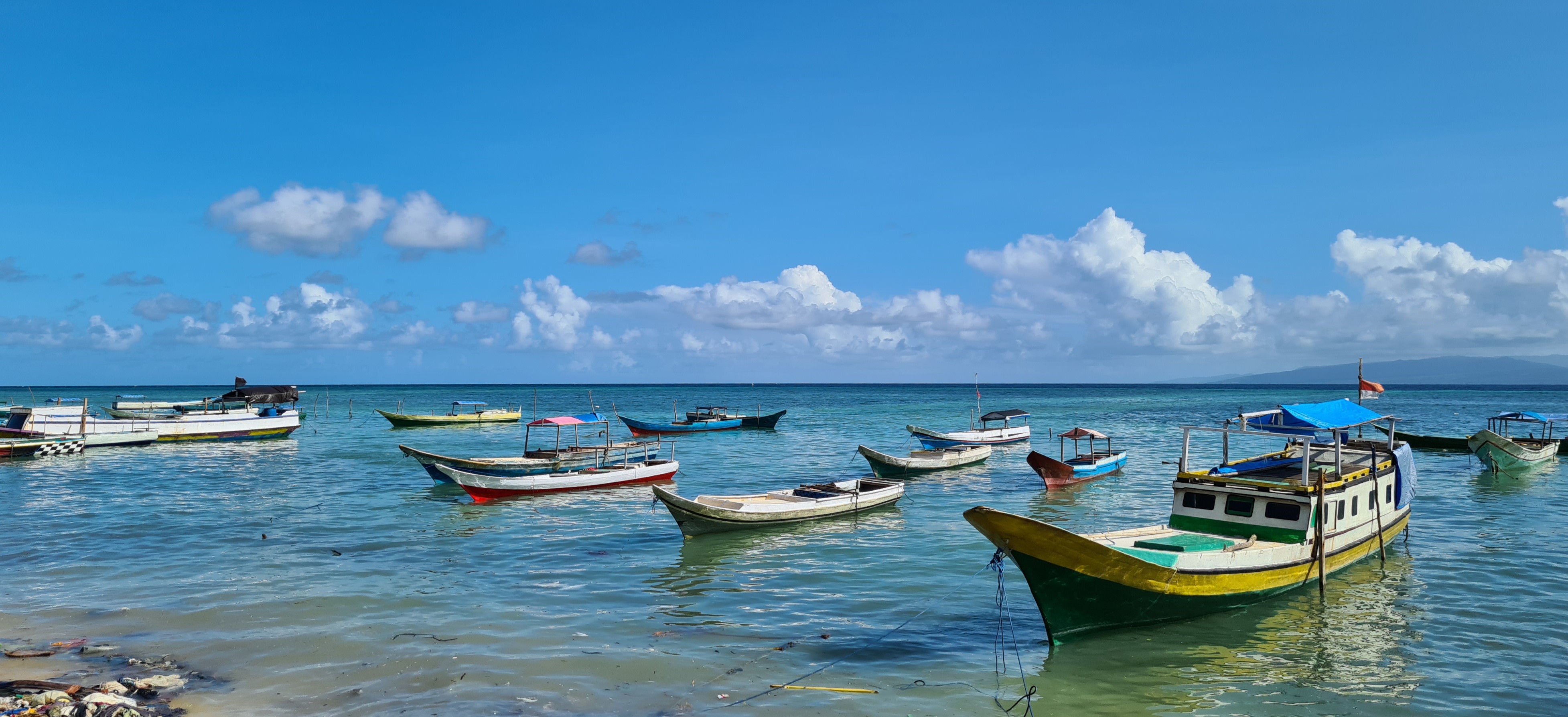
South East Sulawesi handline yellowfin tuna

Location & History
Handline fishing has been a staple in Indonesia for as long as tuna fishing has existed. Over the years it has changed only a little with new technology and vessel design from the Philippines, which became popular in the early '90s. In 2017, IPNLF partnered with a local, sustainable tuna fisheries organization, AP2HI to divide national fisheries into several smaller fisheries based on their geographic area. The smaller fisheries could then work on individual improvements to ensure that sustainability targets were met, without adjacent tuna fisheries compromising these efforts. This fishery operates in Southeast Sulawesi, home of the Wakatobi National Park - the largest coral reef system in Indonesia.
How is the Tuna Caught?
All the catch from this fishery is caught using the traditional handline technique, wherein each fisherman uses a single line with a hook attached, to catch one fish at a time. Catch rates are monitored upon returning to shore, to ensure that vessels do not exceed their limits of tuna catch and are remaining sustainable. While vessel sizes vary, their crews can range from just one individual to a group of 15 local fishermen. While vessel sizes vary, their crews can range from just one individual to a group of 15 local fishermen. A typical fishing trip will be anywhere from one-day to two-weeks, and can catch between 70 KG to 3,000 KG of yellowfin tuna depending on the size of the vessel - that’s between 500 and 20,000 cans of tuna! Using brightly coloured lures in a technique called “jigging”, small, live fish and squid are caught at the beginning of the fishing trips to be used as bait for the tuna. The fishery is very selective, which means it catches only skipjack or yellowfin tuna (95% of the catch). Non-target species (also known as bycatch) are animals that the fishery doesn’t want to catch, such as dolphins, turtles or sharks. The use of a single hook and line per fisherman means that there is very little bycatch, and because fishing takes place at the surface of the ocean, there is virtually no negative impact on different marine habitats. Fishers use an ice slurry to store the tuna, to maintain freshness before returning to land. Upon return, the catch will be transported to a local factory to be processed into fresh or frozen tuna products such as tuna loins, steaks, saku block, poke cubes, and minced tuna.
Unique Features
The fishery provides jobs for local communities both at sea as fishermen, and on land in the processing sector, which enhances economic growth and opportunity across the community.
Gallery
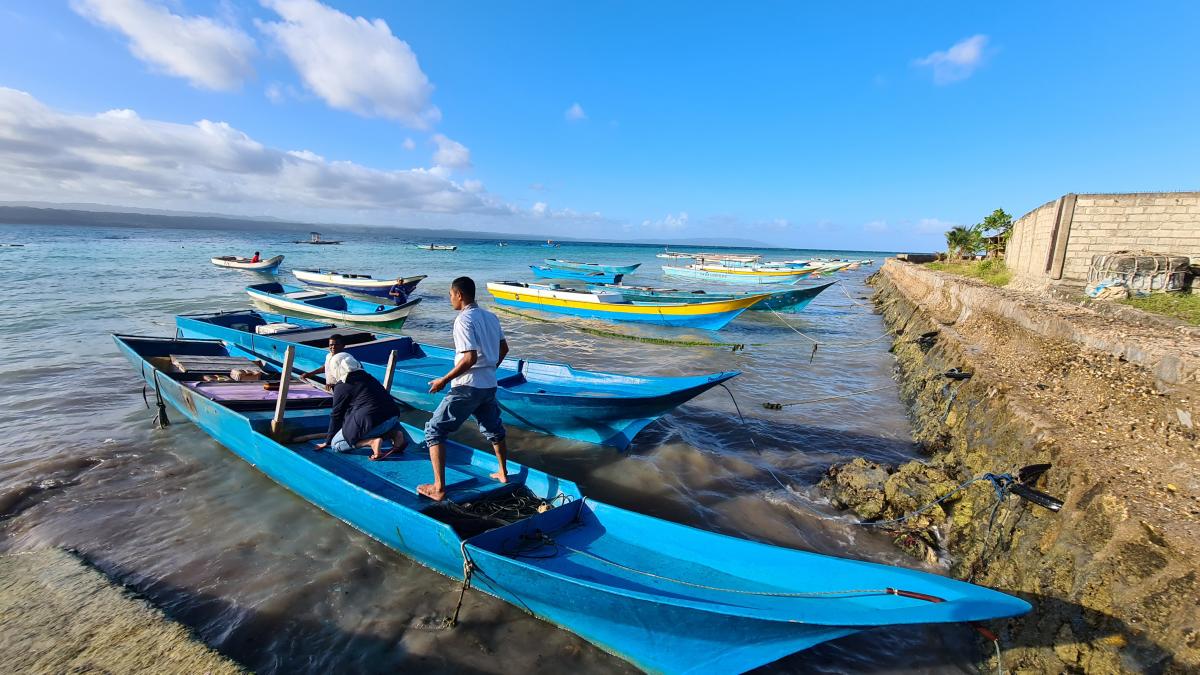
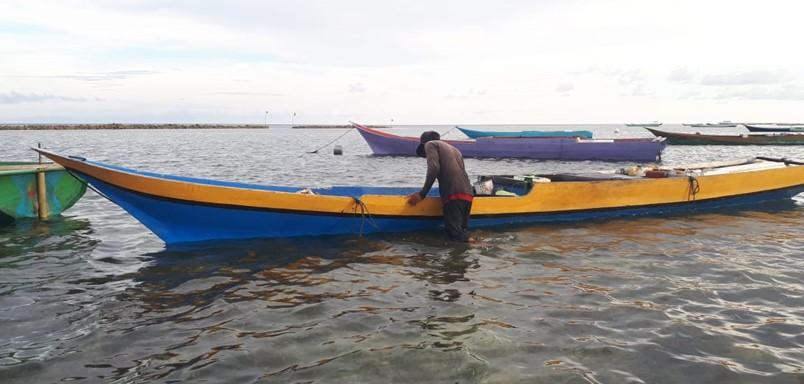
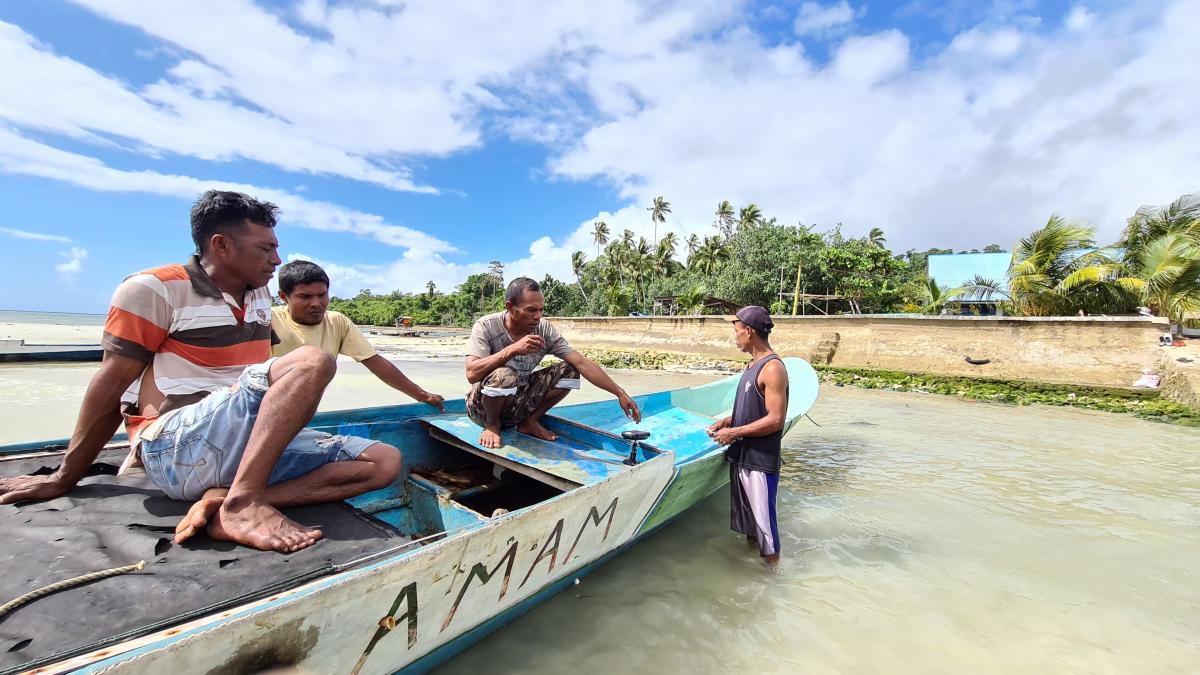
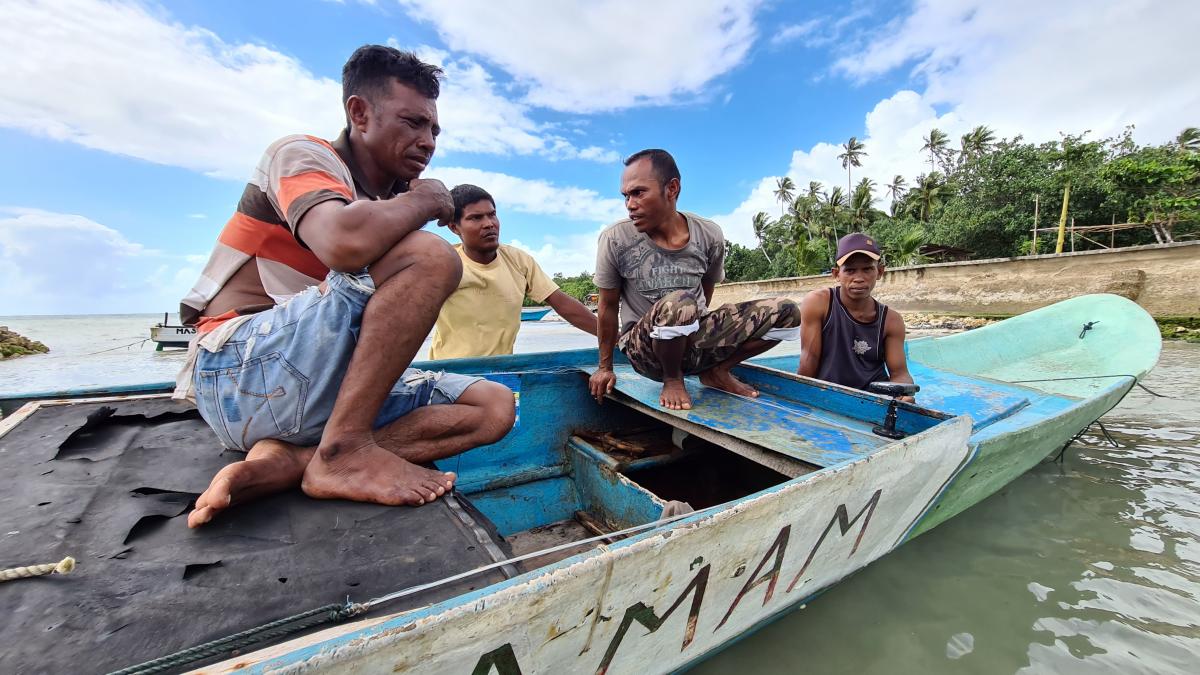
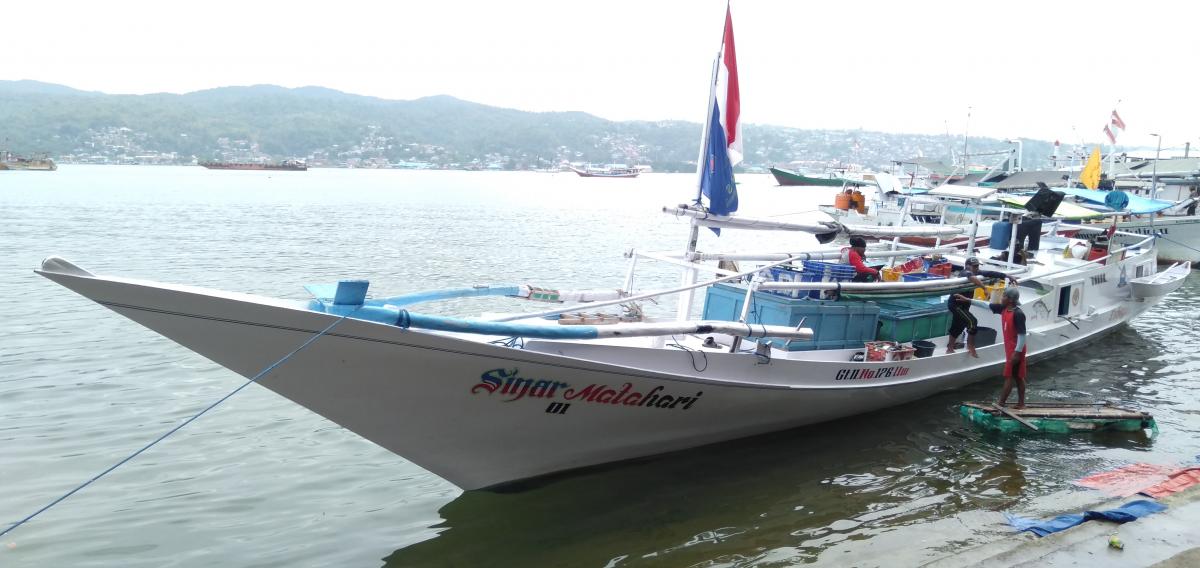
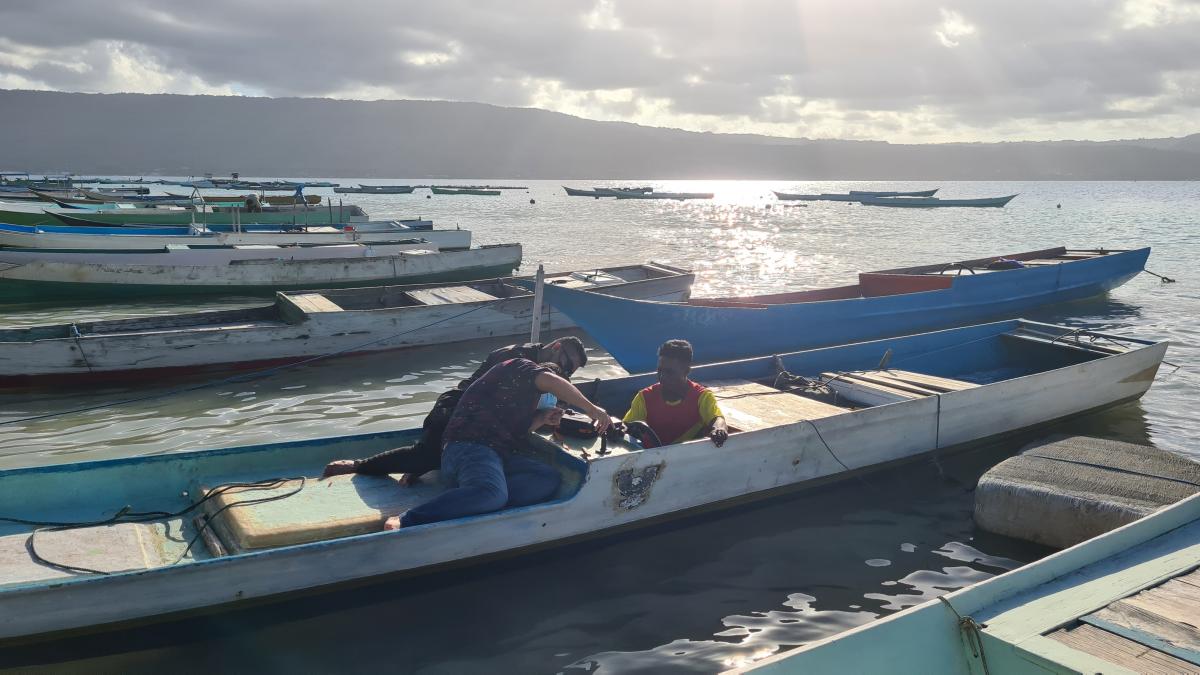
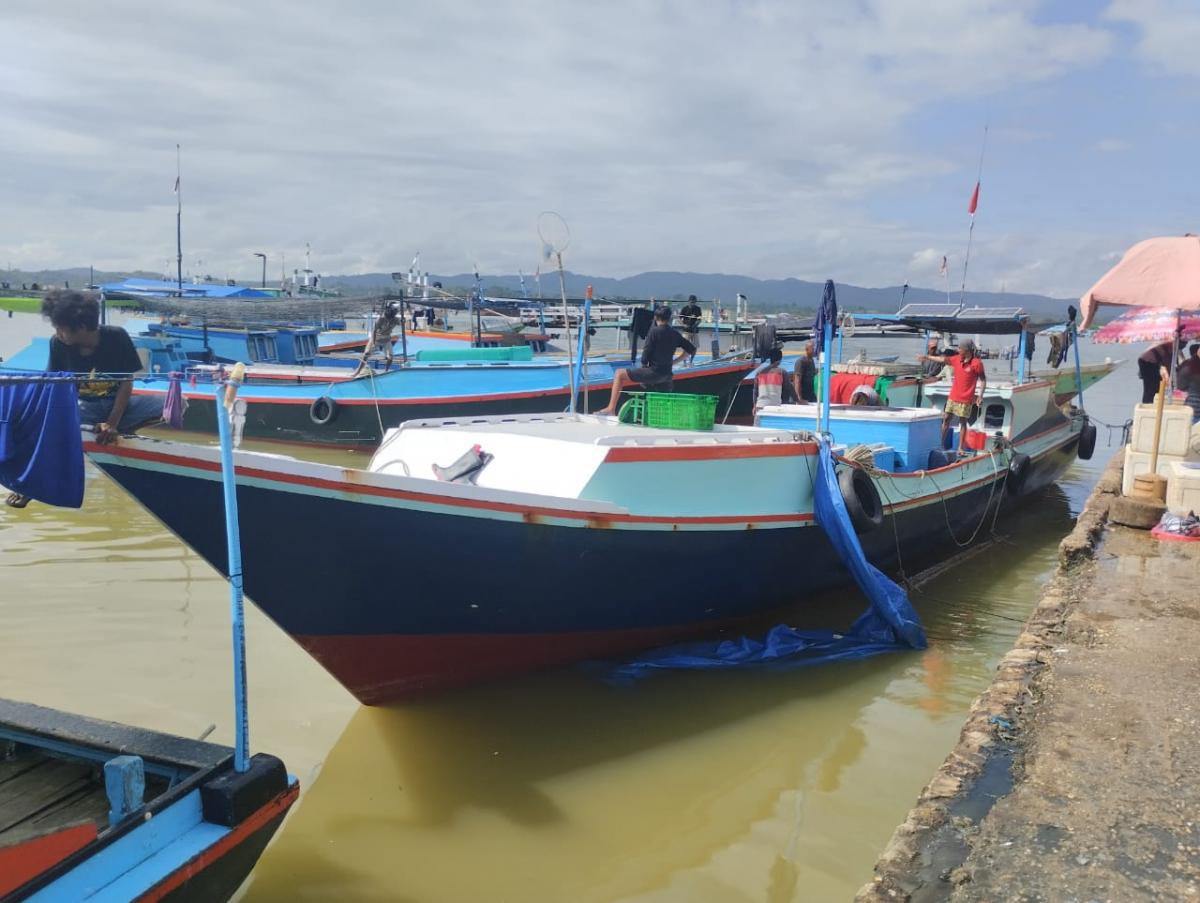
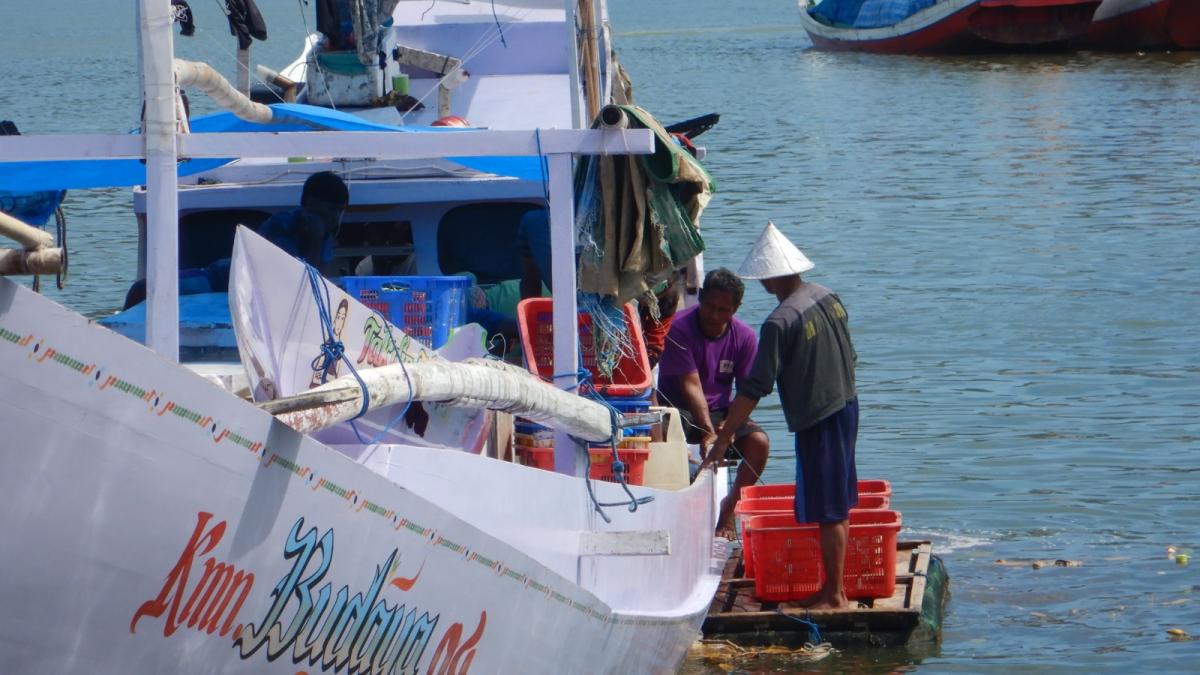
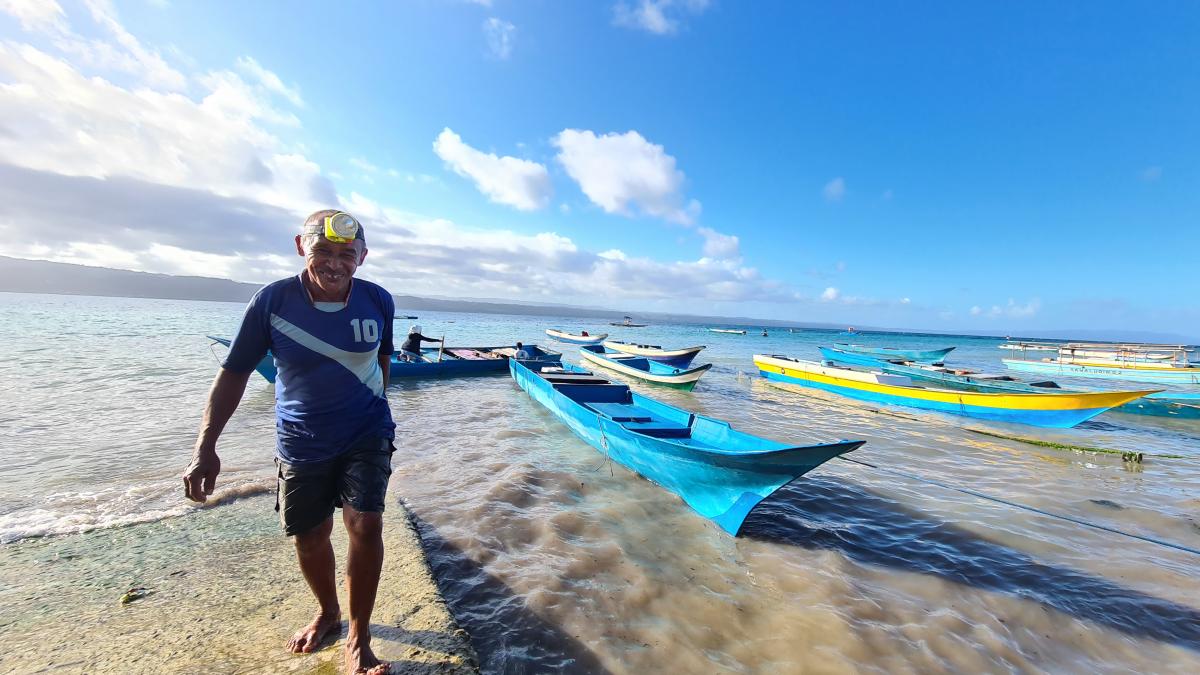
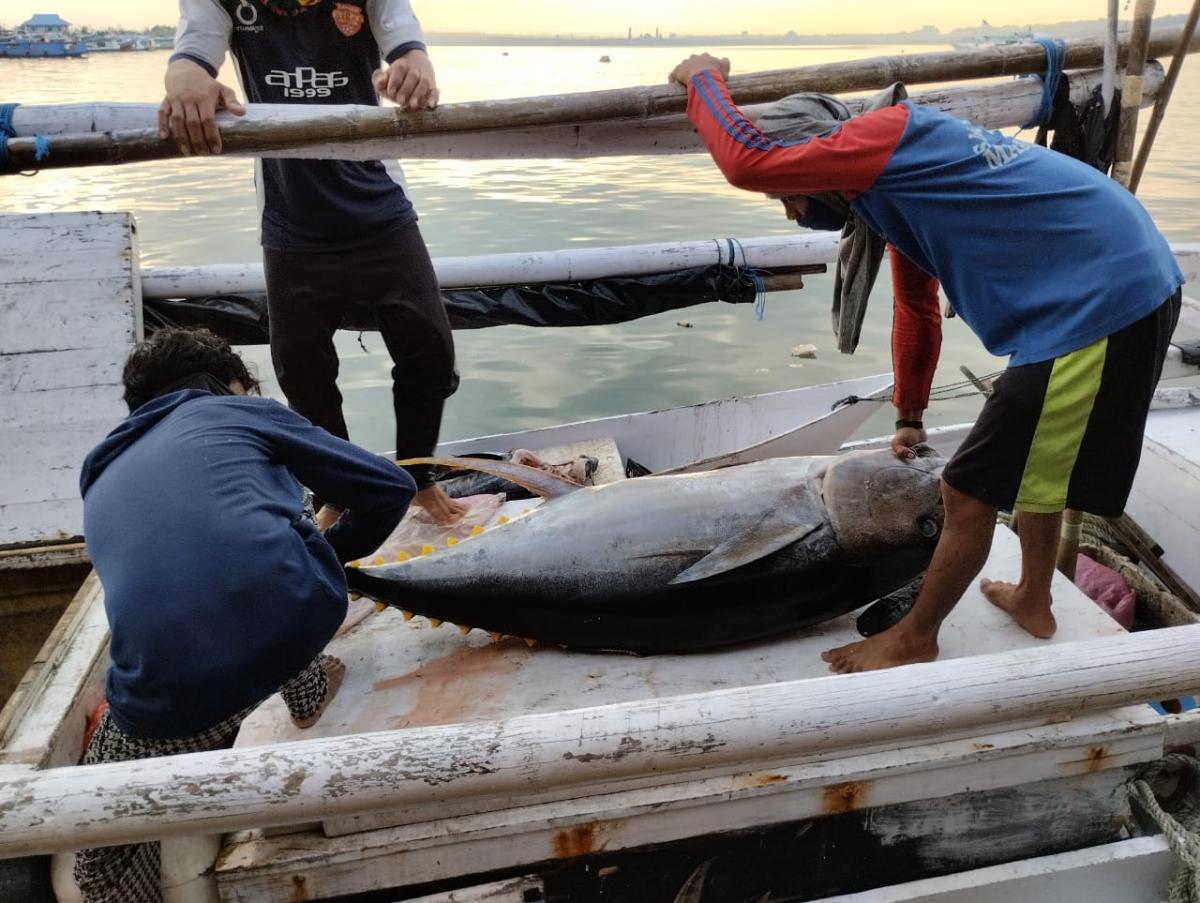
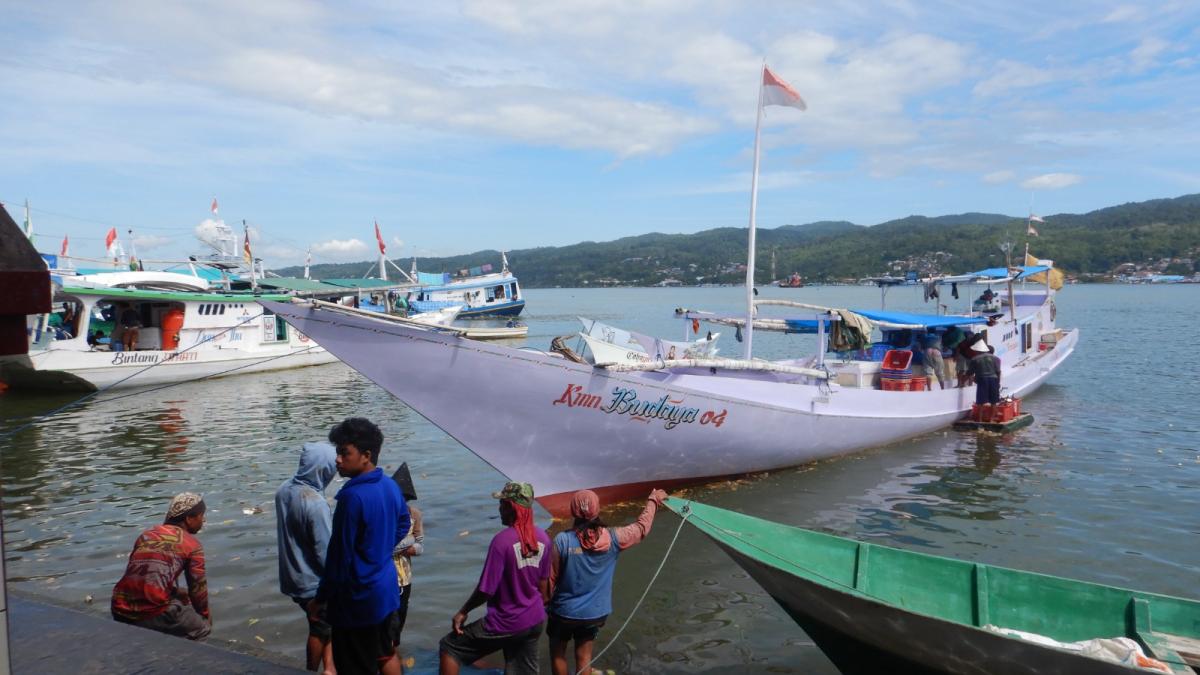
Typical Vessels
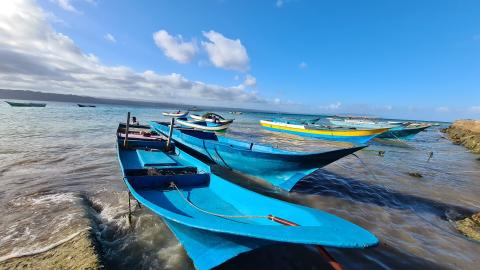
| Item | Value |
|---|---|
| Crew Size | 11 |
| Size Range (m) | 20-25 |
| Details of Type of Engine | Inboard |
| Hold Capacity | 10-30 MT |
| Onboard Cold Storage? | Yes |
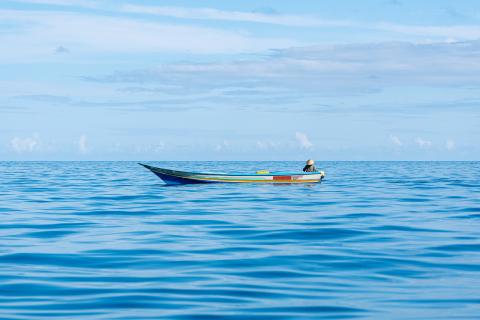
| Item | Value |
|---|---|
| Crew Size | 1 |
| Size Range (m) | 2-4 |
| Details of Type of Engine | Outboard 1-5 tonnes, inboard above 5 tonnes |
| Hold Capacity | < 10 |
| Onboard Cold Storage? | Yes |
Fleet Capacity
-
3420t
- Annual Catch Volume (metric tonnes)
-
181
- Number of Vessels
-
1725
- Local Employment
Target Species
Yellowfin Tuna

Fishing Gear
Handline
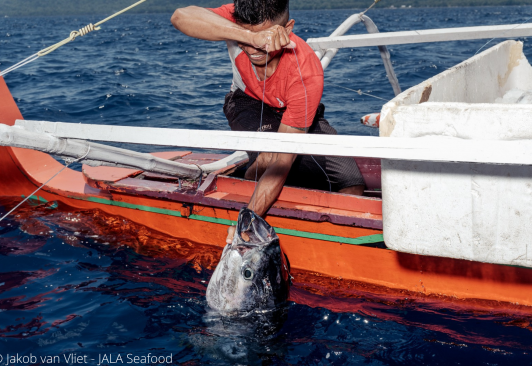
Traceability
Traceability systems are used in food supply chains to track a product from production to consumption. They assist with ensuring that standards and regulations are met throughout the supply chain, which is very important for products that travel across the globe, such as tuna.
Good traceability reduces contamination, disease, and spoilage. In the case of seafood, it also helps to maintain sustainable fish stocks in the oceans so we can keep enjoying tuna for years to come.
Most importantly, traceability provides transparency through the supply chain, allowing all parties including the consumer access to information about the products they are buying.
Fishery Information and Traceability (FIT)
Fishery Information and Traceability (FIT) programme is in place for skipjack tuna fisheries across the AP2HI membership to highlight fishery transparency and improve the efficiency of fishing practices. The FIT is a programme that collects various data regarding catch rate, vessel numbers, and bait usage across the fisheries. This data is then used to advise fisheries on key elements for improvement.
Find out moreFishery Association
What is an industry association?
Industry associations are responsible for enforcing industry specific standards and regulations to protect employees and companies within that industry. They have a range of responsibilities such as providing industry specific information to businesses and useful resources, engaging in education programs, and supporting businesses so that they can reach and maintain industry standards.
Another important role of an industry association is lobbying governing bodies to take action on issues that are affecting the industry in question.
What is a fishery association?
Fishery associations are generally not-for-profit organisations that represent fisheries in one area of the world. Fishery associations are important for small-scale and artisanal fisheries, to defend their rights in a competitive industry and lobby governments for their support of these fisheries.
These associations ensure fishers are protected as employees in this industry, and that fish stocks are being managed appropriately to ensure the fishers trade will continue and be prosperous. Some associations represent employees throughout the supply chain, from fishers, to processors, to distributors, protecting the workforce from the source to your plate.
Asosiasi Perikanan Pole & Line dan Handline Indonesia (AP2HI)
Asosiasi Perikanan Pole and Line dan Hand Line Indonesia (AP2HI) was established after a need for a shared voice for Indonesia’s pole-and-line and handline industry was identified at the International Coastal Tuna Business Forum in 2012.
As the one of the largest global suppliers of tuna, Indonesia’s pole-and-line and hand-line industry supports many coastal communities and livelihoods. AP2HI’s vision is of sustainable fisheries and viable businesses. Its members include suppliers, fishers and canners, representing the entire supply chain in Indonesia. In addition to promoting these fisheries, AP2HI is active in innovating the industry to increase efficiency and align to international market requirements.
Furthermore, it works to promote fair, transparent, sustainable use of Indonesia’s resources; in doing so, gaining further support for the fishery. AP2HI was officially inaugurated at the 3rd International Coastal Tuna Business Forum, held in Jakarta in Spring 2014.
Find out more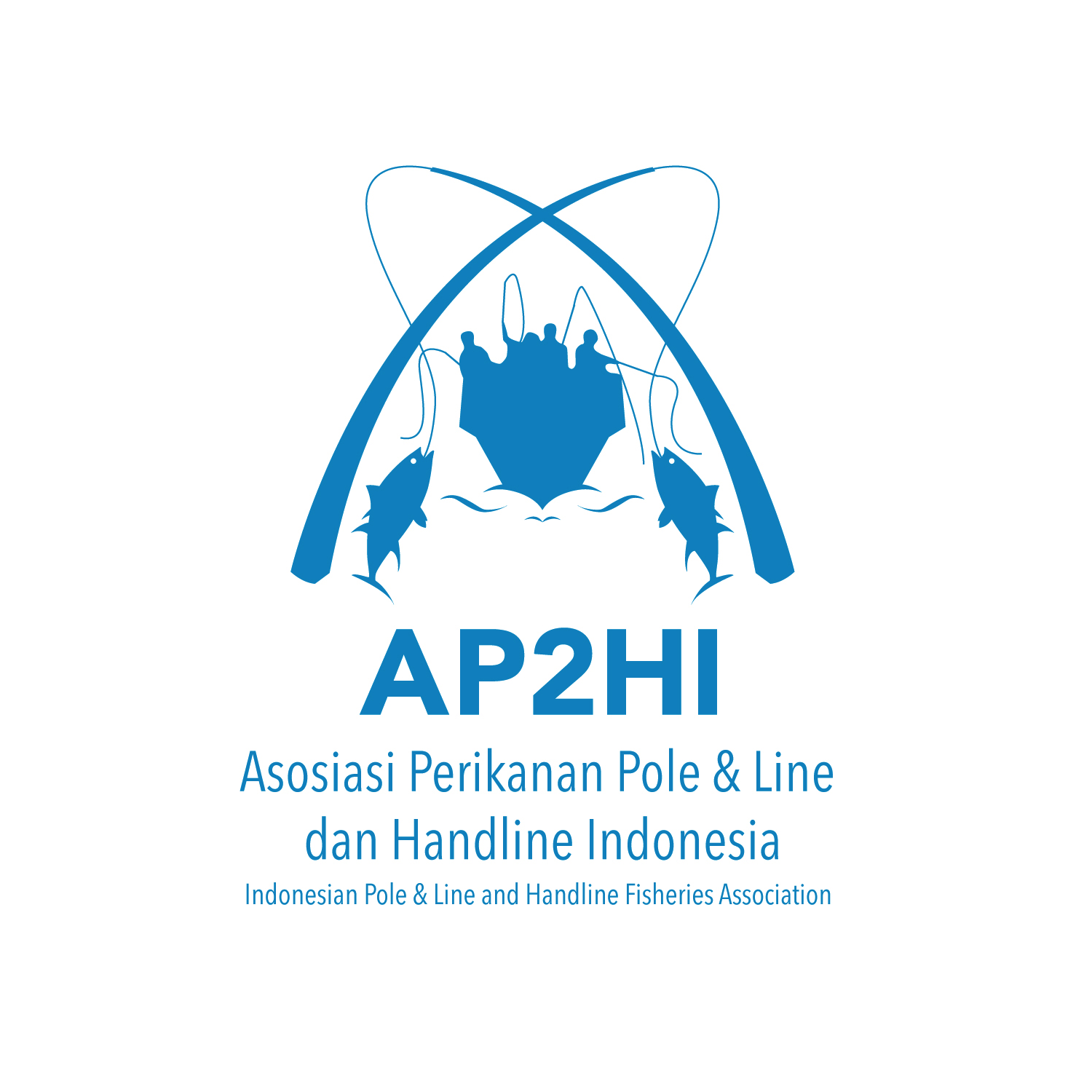

Regional Fisheries Management Organisation
Western and Central Pacific Fisheries Commission (WCPFC)
Regional fisheries management organisations (RFMOs) are international bodies formed to manage fish stocks in an oceanic area. They include several countries with fisheries operating in that area, and some focus on particular species such as tunas. They are established through international agreements and treaties. RFMOs typically collect fishery statistics, assess fish stock conditions, monitor fishery activity and make fishery management decisions.
The Western and Central Pacific Fisheries Commission (WCPFC) was established by the Convention for the Conservation and Management of Highly Migratory Fish Stocks in the Western and Central Pacific Ocean (WCPF Convention). The Commission seeks to manage issues that arise in high-seas fisheries, to prevent overexploitation of highly migratory fish stocks.
Stock Status Reports
Yellowfin Tuna Stock Status
2021-03-25The stock status of a fish species signifies whether a species is 'overexploited', 'fully exploited' or 'underexploited'. Different organisations use different parameters to assign these labels. For example, the Food and Agricultural Organisation of the United Nations (FAO) deems any species to have less than 40% of it’s ‘unfished biomass’ to be overexploited.
The aim of assigning stock status to a species is to ensure that catches are kept at a level where future catches will not be affected, in other words, to maintain a healthy, viable population of fish.
In addition to biomass, spawning potential, catch trend and size-age composition may be used to determine stock status. These are important factors to consider as some species are more resilient than others and have different ecological features. For example, yellowfin tuna have a higher reproduction rate and are typically more resilient than other tuna species.
National Reports
Indonesia
2022-07-11National Reports are formal documents from members of the Tuna Regional Fisheries Management Organisation (tRFMO) in question. Each country that falls within the tRFMO must report on the state of their national fisheries in relation to the requirements of that tRFMO. They are normally presented to the annual Scientific Committee meetings by a credentialed head of delegation - considered national scientists. The tRFMO normally prescribes what the report should entail and how it should be structured, which would also include progress on key resolutions on conservation and management measures, and brief the ongoing scientific research of interest to the tRFMO.
